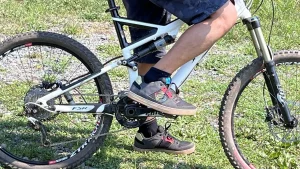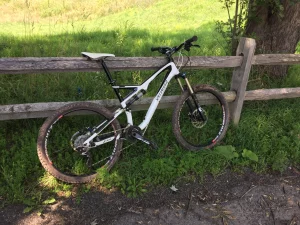Cycling and Back Pain: A Guide
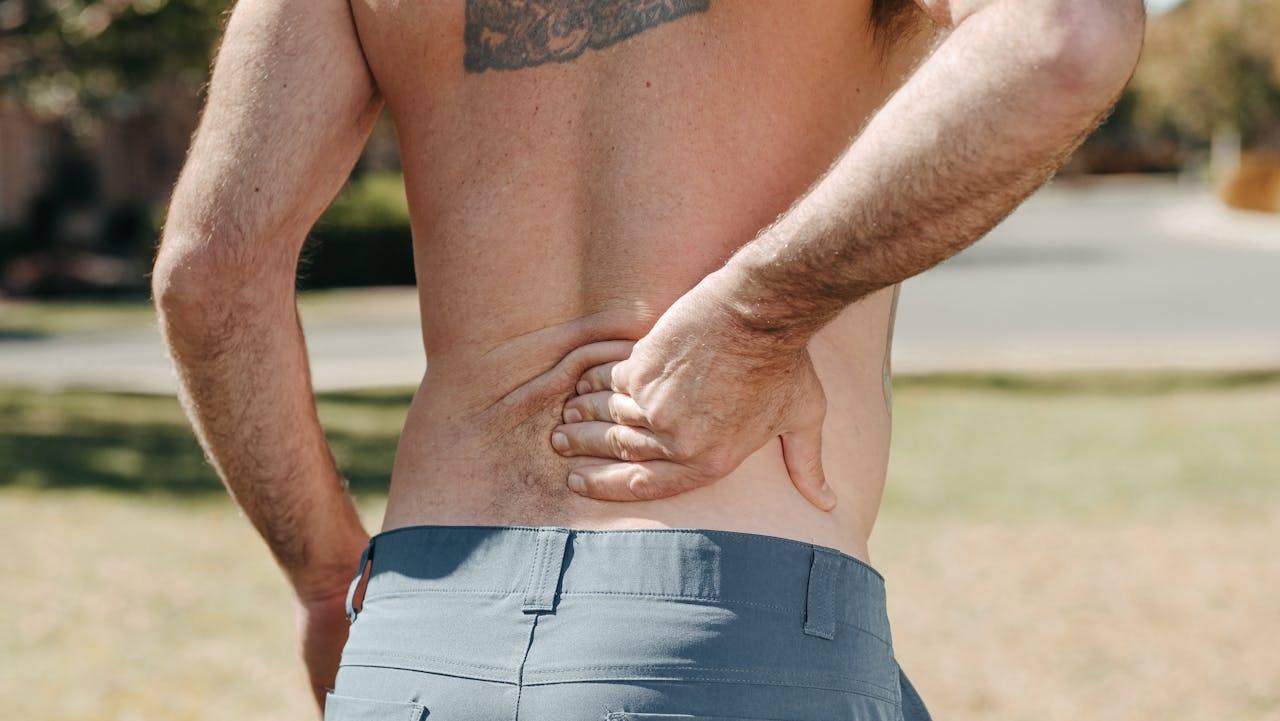
Cycling is a popular form of exercise that offers numerous physical and mental health benefits. However, for some people, cycling can also lead to back pain. Back pain is a common complaint among cyclists, and it can be caused by a variety of factors, including poor cycling technique, improper bike fit, and muscle imbalances. In this blog post, we’ll explore the causes of cycling-related back pain, and provide tips and strategies for preventing and managing it. We’ll discuss the importance of proper bike fit, cycling technique, and strength training for cyclists.
So, if you’re a cyclist experiencing back pain, or simply want to prevent it from occurring, keep reading for valuable information and advice! 🚲
Table of Contents
What Happens to Our Backs When We Ride?
When we ride a bike, our backs are subjected to various forces and stresses that can impact our spine and surrounding muscles. Here’s what happens to our backs when we ride:
- Posture and Positioning – Cycling requires a forward-leaning position, which can place stress on the lower back and cause strain on the muscles and ligaments that support the spine.
- Vibration and Impact – Road irregularities, bumps, and potholes can cause vibration and impact that travels through the bike and into the rider’s body, potentially aggravating existing back issues or causing discomfort over time.
- Repetitive Motion – Cycling involves repetitive motion, which can lead to muscle fatigue, strain, and overuse injuries in the back and surrounding areas.
- Muscle Imbalances – Cycling primarily uses certain muscle groups, which can lead to muscle imbalances that place additional stress on the spine and contribute to back pain.
- Increased Pressure – Cycling, especially in an aggressive or aerodynamic position, can increase pressure on the lower back and spinal discs, potentially leading to discomfort or injury.
How to Manage Back Pain While Riding?
If you’re experiencing back pain while riding, here are some tips to help you manage it:
- Proper Bike Fit – Ensure your bike is properly fitted to your body size and dimensions, as a poor bike fit can exacerbate back pain. Consider consulting a professional bike fitter for a personalized setup.
- Adjust Your Position – Make adjustments to your riding position, such as raising your handlebars or using a more upright riding style, to reduce strain on your back.
- Take Breaks – Take regular breaks during long rides to stretch, hydrate, and rest your back.
- Strengthen Your Core – Incorporate strength training, specifically targeting your core muscles, to improve stability and support for your spine while riding.
- Use Proper Technique – Focus on using proper cycling technique, such as engaging your core muscles, maintaining a steady pedaling cadence, and avoiding jerky movements.
- Stretch – Perform stretches before and after riding to maintain flexibility and reduce muscle tension.
- Listen to Your Body – Be mindful of your body’s signals and adjust your riding accordingly. If back pain persists or worsens, consider consulting a healthcare professional for further guidance.
Remember that strengthening weak muscles during rest days is very important. Back exercises such as deadlifts and leg exercises such as squats help a lot in strengthening the back, glutes and quads, which are employed during cycling.
Exercises to do to Avoid Back Pain
Here are some exercises that can help prevent or manage back pain:
- Plank – Planks are an effective exercise for strengthening the core muscles that support the spine. Hold your body in a straight line, supported by your forearms and toes, for as long as you can.
- Superman – This exercise strengthens the lower back muscles. Lie on your stomach with your arms and legs extended, then lift your arms and legs a few inches off the ground and hold for a few seconds.
- Bridges – Bridges help strengthen the glutes, which are important for stabilizing the lower back. Lie on your back with your knees bent and feet flat on the ground, then lift your hips up and hold for a few seconds.
- Cat-Cow Stretch – This stretch helps increase flexibility and mobility in the spine. Start on all fours, then alternate between arching your back (cat) and rounding your spine (cow).
- Bird Dog – This exercise improves core stability and balance. Start on all fours, then extend one arm and the opposite leg, holding for a few seconds before switching sides.
- Side Plank – Side planks target the obliques, which play a role in stabilizing the spine. Lie on your side, prop yourself up on your elbow, and lift your hips off the ground, forming a straight line from your feet to your shoulders.
- Hip Hinge – This exercise teaches proper hip hinge movement, which is essential for preventing back pain during activities like lifting and bending. Stand with your feet shoulder-width apart, then bend at the hips, pushing your butt back while keeping your back straight.
- Hamstring Stretch – Tight hamstrings can contribute to lower back pain. Sit on the ground with your legs straight out in front of you, then reach for your toes, holding the stretch for 20-30 seconds.
- Lower Back Stretch – This stretch can help alleviate lower back pain. Lie on your back with your knees bent and feet flat on the ground, then gently push your knees toward the ground, keeping your shoulders and back flat on the ground.
Steps to Avoid Exacerbating a Bike Injury When Riding.
Even if you are diligent in performing back-strengthening exercises, there might be instances when you are uncomfortable on the bike during a ride. To avoid exacerbating a bike-related injury while riding, try the following:
- Pull over to the side and stop riding – stopping even for a few minutes can give you temporary relief. This is the time when you should try stretching your back as they tend to contract to protect your body from the stress of cycling.
- Perform some back-stretching exercises – it might be a little difficult on the side of the road, but stretching movements like straight-led toe touch and standing leg crossover stretch has helped me reduce pain till I got home where more elaborate stretches can be done.
- Call for a ride – the best thing might be for someone to come pick you up if your pain is serious. It is better to not ride and seek help immediately.
It is much better if you are able to get immediate relief/ help. Ego riding, such as riding through pain, has lead to serious injuries that can take you off the bike for a long time. I always prefer the option that lets me keep riding even if I have to take short breaks sometimes.
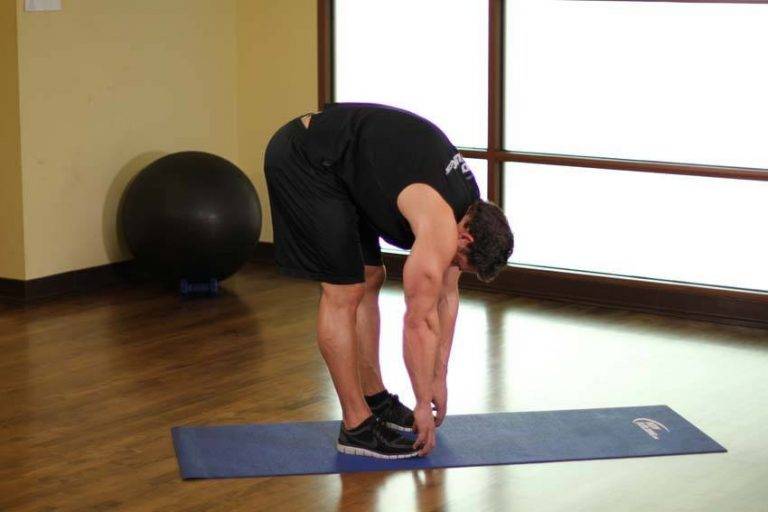

For your back-pain-free riding
In summary, cycling is a fantastic form of exercise, but it’s important to be aware of the potential for back pain and how to manage it. By following the tips and advice provided in this blog post, you can minimize the risk of back pain while cycling and continue to enjoy the numerous benefits of this activity. Remember to focus on proper bike fit, technique, and core strength, and always listen to your body to ensure a safe and enjoyable riding experience. Happy riding! 🚲
If you’re experiencing persistent or severe back pain, it’s important to seek the guidance of a healthcare professional to determine the underlying cause and develop an appropriate treatment plan. With the right approach and care, you can maintain a healthy and active lifestyle while managing back pain.
Hope you found this informative and useful. Check out my other cycling and recovery and posts . Also check out our AskThePedalist page for answers to common cycling questions.
